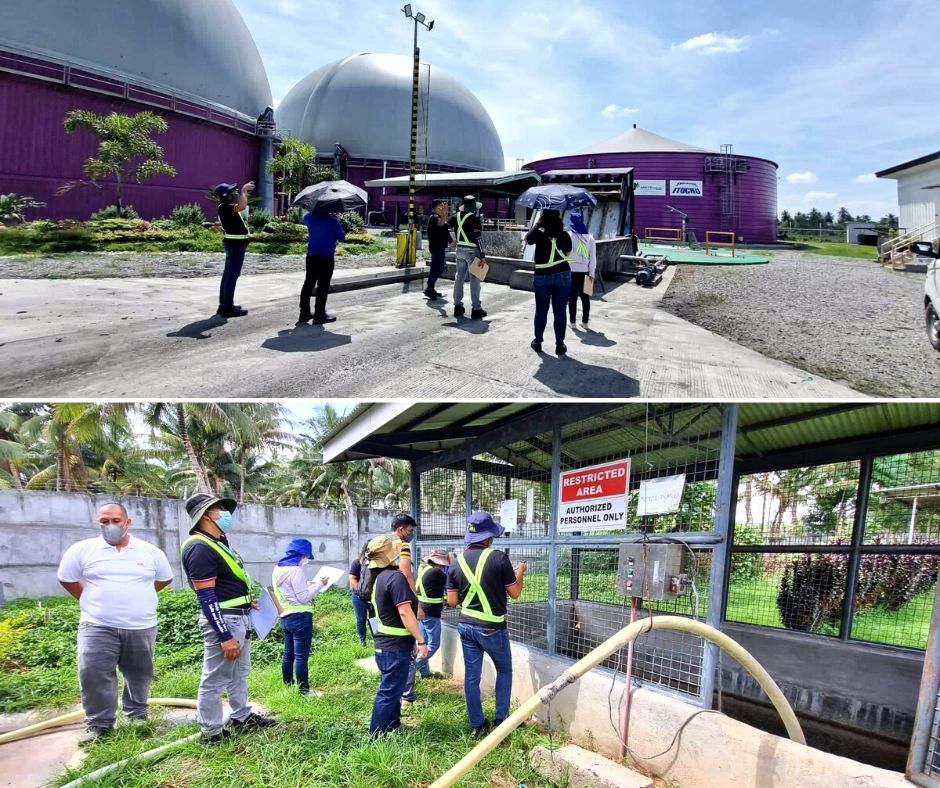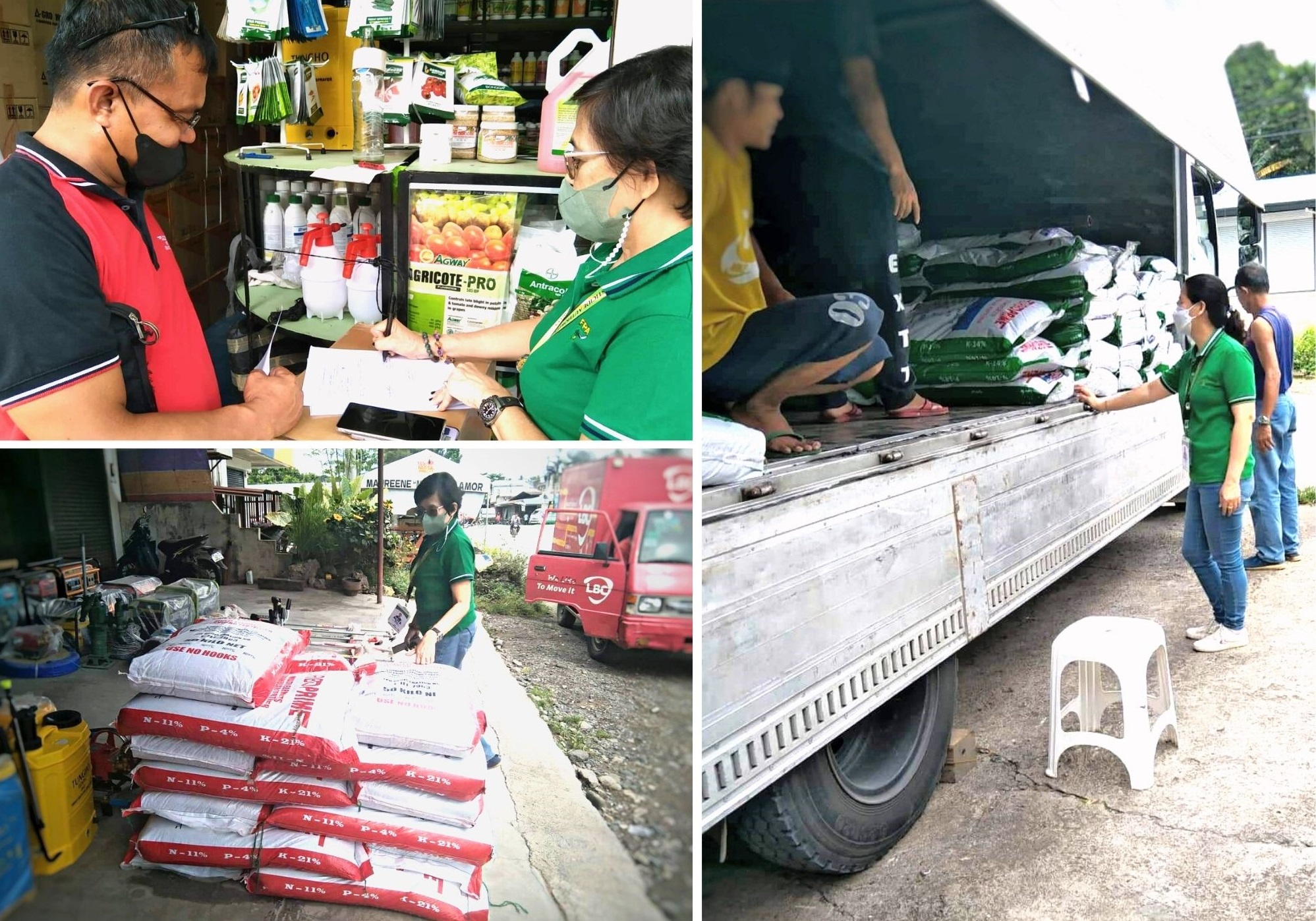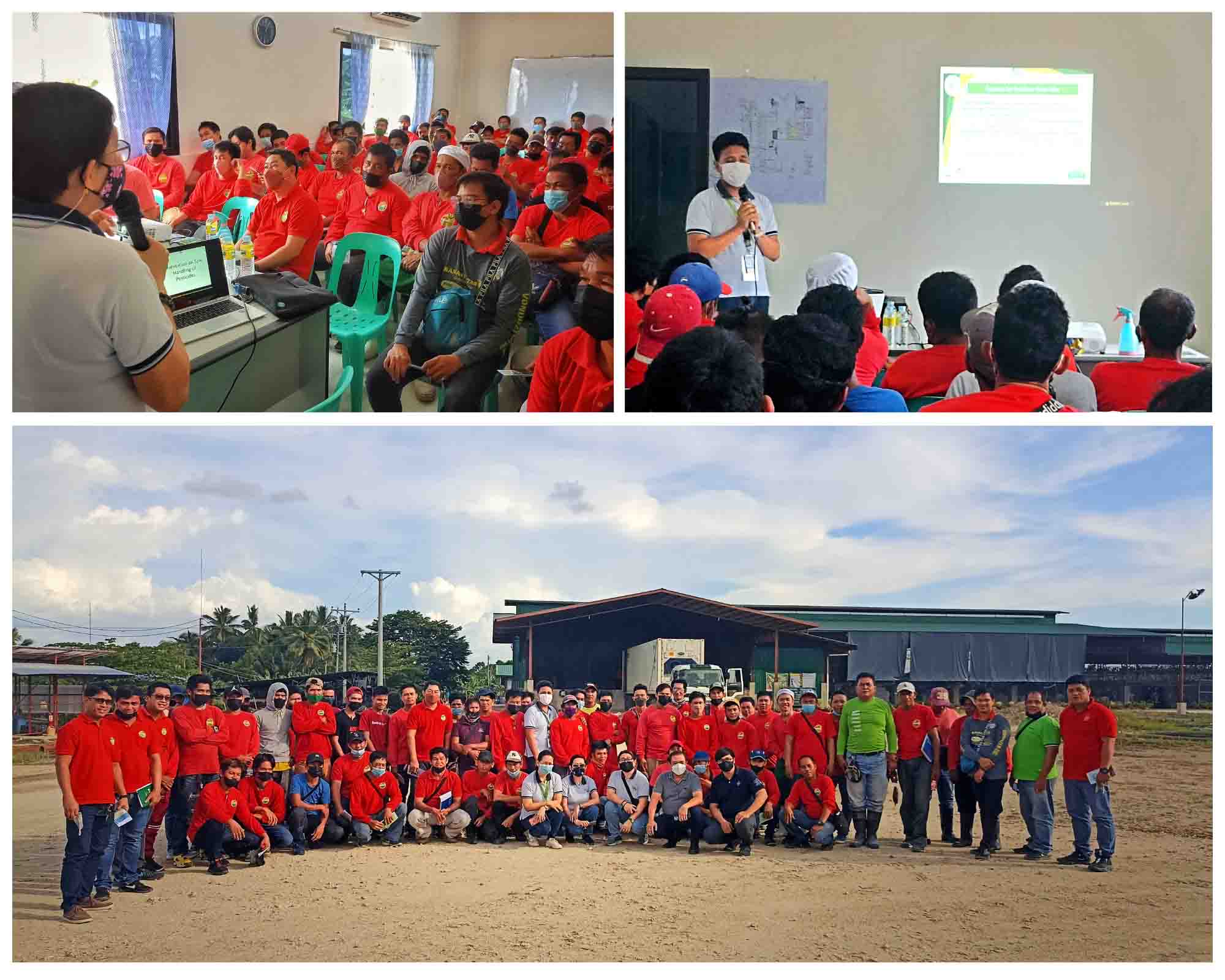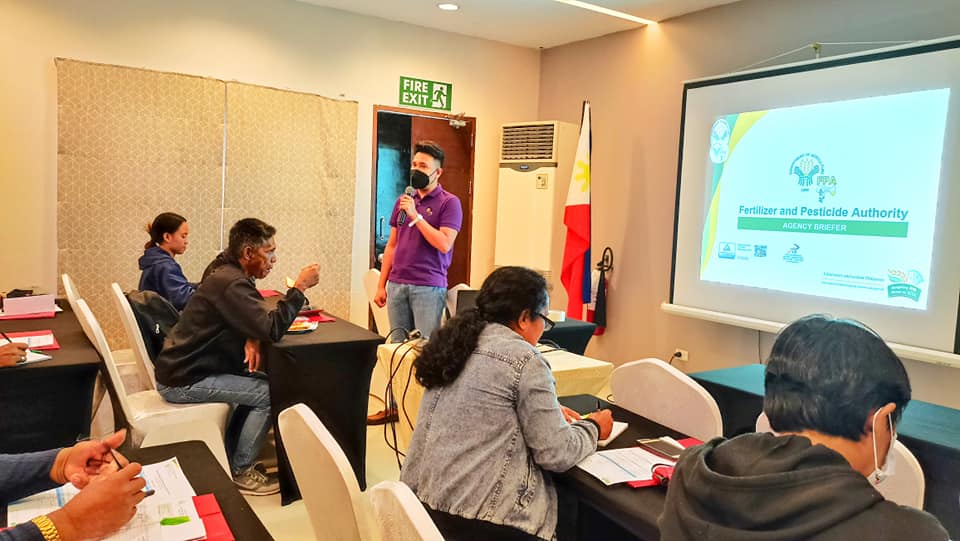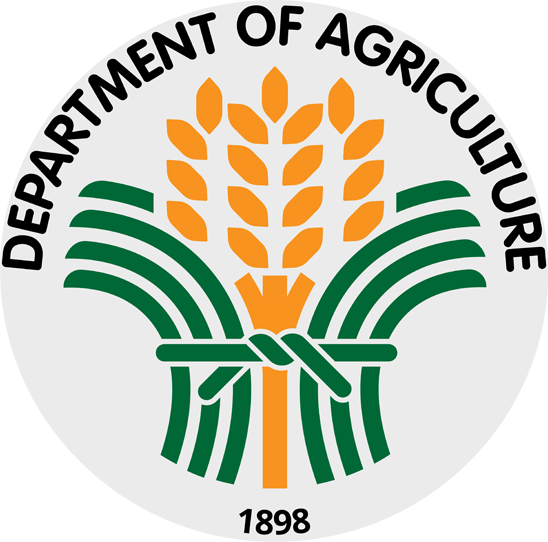SOCCSKSARGEN

PROFILE
North Cotabato l Sarangani l South Cotabato l Sultan Kudarat
--- NORTH COTABATO ---
Physical Profile:
The Province of North Cotabato lies on the eastern part of Region XII and is strategically located in the central part of Mindanao. It is bounded on the North by the Province of Bukidnon, on the northwest by Lanao del Sur, on the East by Davao City, on the Southeast by Davao del Sur, on the West by Maguindanao Province and on the southwest by Sultan Kudarat Province.
The land area of the province is a rich vast land resource that stretches over an area of 656,590 hectares representing 36 percent of the regional land area (1,815,500 hectares). It ranks first in terms of land area among the four provinces of Region XII. The province of Cotabato is composed of seventeen (17) municipalities and one (1) city with 543 barangays, with Kidapawan City as its Capital.
The soil topography of the province’s terrain varies from flat, fertile plains to irregular landscape of wide valleys, scattered hills and extensive mountain ranges such as the Kitubod Range, Mt. Apo which forms the natural boundary between North Cotabato Province and Davao City and Davao del Sur Province and the Tuael Range, which joins the municipalities of Pres. Roxas, Magpet and Matalam.
A bigger portion of the land of North Cotabato province is classified as upland with a topography ranging from level to nearly level to gently sloping to undulating; undulating to rolling; rolling to moderately steep; steep to very steep. Areas with level to nearly level are found in Kabacan, Matalam, Libungan, Carmen, Pikit and parts of Tulunan, M’lang and Midsayap.
Agricultural Profile:
Cotabato reported the highest number of farms. Among the provinces in SOCCSKSARGEN, Cotabato shared the highest number of farms with 126,700 covering 275,500 hectares of agricultural land. In fact, the total farms for the province accounted for 38.3 percent of the total farms in the region. Areas under agricultural land comprised 42 percent of the total land area of the province. Moreover, the number of agricultural farms for the province was higher by 13,700 farms (12.2 percent) over the 1991 level while the total area was lower by 29,700 hectares (9.7 percent).
Cotabato is considered as Mindanao’s food basket. It is a major producer of cereals, tropical fruits, vegetables, sugarcane, coconut, coffee, freshwater fish and livestock. It is also one of the country’s leading producers of raw and semi-processed rubber, with markets in Asia and Europe, and industrial trees.
For the livestock sector, the province primarily produces chicken, hogs, ducks, goats, carabaos and cows. Carabao has the highest number of heads under ruminants and chicken for the poultry.
--- SARANGANI ---
Physical Profile:
The province of Sarangani is located in SOCSKSARGEN Region which comprises the provinces of South Cotabato, Cotabato Province, Sultan Kudarat, Sarangani and General Santos. Sarangani have seven (7) municipalities (Alabel, Malapatan, Glan, Malungon, Maasim, Kiamba and Maitum) with 141 barangays. About 66 percent of the province’s total land area is a forest land. Half of this is highly cultivated for corn. These are in Malungon, Maasim, Malapatan, and Glan.
The common mode of transportation in Sarangani were Bus and other Public Utility Vehicles but most of the people were riding motorcycles to reached the barangays but to reach the Indigenous People farmers you have to walk for an hour; nowadays most of the Sarangani pushed their children not to imitate them on not going to school because most of the native in Sarangani was not engaged in school so, the local migrators easily scammed them to sell their land in exchange with can goods.
Agricultural Profile:
Coconut is the major crop of Sarangani Province that’s why it is the priority commodity covered under PRDP. Other than copra which is the traditional produce of coconut farmers, Virgin Coconut Oil (VCO) is the subject of value chain analysis. Other major crops grown are palay, corn, banana, sugarcane, pineapple and mango.
For livestock, swine is considered as the most producing number of heads grown in the region, while chicken tallied as the highest in poultry.
--- SULTAN KUDARAT ---
Physical Profile:
The Province of Sultan Kudarat is named after the famous sultan of Maguindanao, Sultan Mohammed Dipatuan Kudarat. It is composed of 11 municipalities and one city. It is situated between the provinces of Maguindanao and Cotabato on the north and South Cotabato and Sarangani on the south. As of 2015 Census of Population (POPCEN 2015), the province has a total population of 812,095 with an average household size of 4.4 members. Based on the 2010 Census of Population and Housing, the major dialects generally spoken are Hiligaynon/llonggo (38.0%), Maguindanaon (26.6%), Ilocano (12.8%), and Cebuano (7.6%). The province has a total land area of 5,363.86 sq. km.
The soil topography of the province ranges from plain and rolling to hilly and mountainous. Its soils are favorable for the cultivation of all kinds of crops especially for rice and corn. Major crops are palay, corn, coffee, coconut, banana, African palm oil and sugar cane. Climate in the province is characterized by a short dry season of one to three months while the rainfall is evenly distributed throughout the year. The province is considered free from typhoons.
Sultan Kudarat has twelve (12) municipalities (Bagumbayan, Columbio, Esperanza, Isulan, Kalamansig, Lambayong, Lebak, Lutayan, Palimbang, President Quirino, Senator Ninoy Aquino & Tacurong) with two hundred fifty-five (255) barangays.
Agricultural Profile:
The province’s economic activity is agriculture. The leading crops produced in the province are rice, corn, coconut, coffee, banana, mango, durian and African palm. In terms of area, palay has the highest land area of 118,074 hectares with a total production of 430,996 metric tons of palay.
For the livestock sector, the province produces the most number of heads of swine and carabao. On the other hand, native chicken and backyard duck raising are commonly raised in the province.
AGRICULTURAL PRODUCTION ACCOUNTS
Source: Philippine Statistics Authority
B. Value of Production in Agriculture at Current Prices, SOCCSKSARGEN, 2018 to 2020
C. Percentage Distribution of Value of Production in Agriculture, SOCCSKSARGEN, 2018 to 2020
D. Volume of Production in Agriculture, SOCCSKSARGEN, 2018 to 2020
E. Average Farmgate Prices in Agriculture, SOCCSKSARGEN, 2018 to 2020


